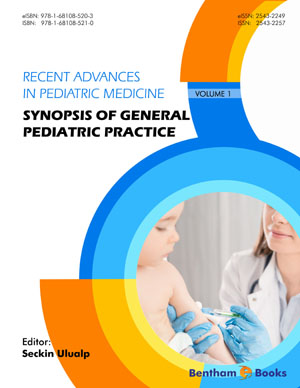Abstract
Obstructive sleep apnea syndrome (OSAS), affecting about 5% of all children, has positioned itself to be a major epidemiological problem in the United States. The prevalence of this condition appears to be increasing over time, in parallel with the growth in childhood obesity. Pediatric OSAS belongs to a spectrum of respiratory disorders called sleep-disordered breathing (SDB), caused by varying degrees of paroxysmal upper airway obstruction during sleep. Left untreated, OSAS has potential to progress over time, leading to not just fragmented sleep, but also neurocognitive problems, and in the most severe instances, serious cardiopulmonary adverse effects. The treatment of OSAS involves a structured series of steps spanning medical and surgical approaches, including adenotonsillectomy, which is considered the gold standard for management of childhood OSAS. This chapter provides a review of the epidemiology of OSAS, followed by a discussion of natural history, treatment and follow up.
Keywords: Adenotonsillectomy, Obesity, Pediatric obstructive sleep apnea, Snoring.

















